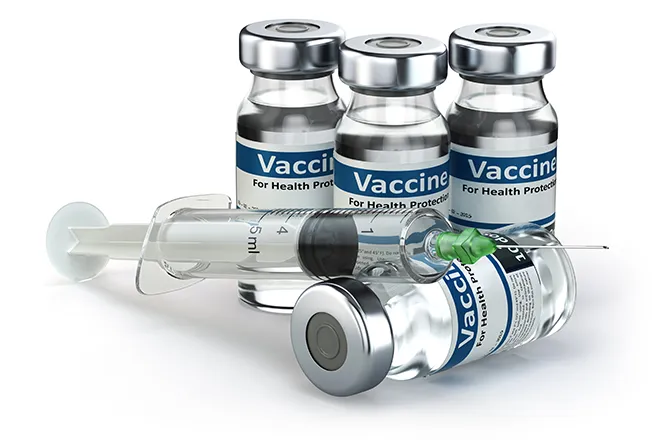
7 habits to prevent strokes
Stroke is the fifth leading cause of death in Colorado, the fifth leading cause of death the U.S. and the second-leading cause of death worldwide. During American Stroke Month in May, the American Stroke Association (ASA) encourages individuals to learn the seven habits to help prevent stroke and to recognize the common signs of stroke.
Stroke occurs when blood flow to the brain is interrupted and without oxygen-rich blood, brain cells die. About 800,000 people in the U.S. have a stroke every year, with about three in four being first-time strokes. Additionally, stroke is a leading cause of long-term disability and the leading preventable cause of disability.
Up to 80 percent of strokes may be prevented by following “Life’s Simple 7” to achieve ideal health. These habits include not smoking, making healthy food choices, getting enough physical activity, maintaining a healthy weight, and treating conditions such as high blood sugar, high cholesterol and high blood pressure.
Don't smoke. Smoking can increase blood pressure, among many other health issues and it’s the number one controllable risk factor for stroke.
Manage blood pressure. Nothing causes more strokes than uncontrolled high blood pressure. Of the 116.4 million people in the U.S. who have high blood pressure, fewer than half have it under control, putting them at increased risk of stroke. Lowering blood pressure by just 20 points could cut the risk of dying from a stroke by half. A good blood pressure reading should be less than 120/80.
Be physically active. A good starting goal is at least 150 minutes of physical activity a week. Moderate to vigorous physical activity may reduce stroke risk by 25 percent.
Eat a healthy diet. Healthy eating starts with simple healthy food choices including a colorful diet full of fruits, vegetables, whole grains, low-fat dairy products, poultry, fish and nuts.
Maintain a healthy weight. Maintaining a healthy weight can reduce the risk of heart disease and stroke.
Control cholesterol. Having large amounts of LDL cholesterol (bad cholesterol) in the blood can cause buildup and blood clots, which could lead to a heart attack or stroke. Reducing fat intake, especially trans fats, can help reduce bad cholesterol. Adding more foods with omega-3 fatty acids like fish and nuts, as well as soluble fiber and whey protein also helps in managing bad cholesterol.
Control blood sugar. Cut out added sugars by checking nutrition labels and ingredients, limiting sweets and choosing simple foods. Every two minutes, an adult with diabetes in the U.S. is hospitalized for a stroke. Managing diabetes with the help of a person’s medical team may reduce his or her risk of stroke.
Reduce the Risk of a Recurrent Stroke
Not all strokes can be prevented and people who have had a stroke are at high risk of having a second one. In fact, about one in every four stroke survivors will have a second one. Stroke survivors should work with their doctor on a plan to reduce their secondary stroke risk factors as there may be lifestyle changes and medications, such as aspirin, that may help prevent blood clots and reduce the risk of a second stroke. However, it is important for stroke survivors to talk to their doctors before starting an aspirin regimen, because aspirin may not be appropriate for everyone.
Know the Signs of a Stroke
Knowing how to recognize a stroke emergency is key to getting life-saving medical attention when every minute matters. Stroke patients who receive alteplase, a clot-busting drug, within 90 minutes of symptom onset are almost three times more likely to recover with little or no disability. Use the acronym F.A.S.T. to remember the most common signs of stroke:
F -Face Drooping- Does one side of the face droop or is it numb? Ask the person to smile. Is the person's smile uneven?
A -Arm Weakness- Is one arm weak or numb? Ask the person to raise both arms. Does one arm drift downward?
S - Speech Difficulty- Is speech slurred? Is the person unable to speak or hard to understand? Ask the person to repeat a simple sentence, like "The sky is blue."
T - Time to Call 9-1-1- If someone shows any of these symptoms, even if the symptoms go away, call 9-1-1 and get to a hospital immediately. Check the time when the first symptoms appeared.
Through the ASA’s Together to End Stroke initiative, patients and caregivers can find information to prevent, treat and beat stroke. The ASA is a division of the American Heart Association, the world’s largest voluntary health organization fighting heart disease and stroke.
For more information, visit www.StrokeAssociation.org/StrokeMonth.
















